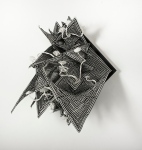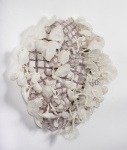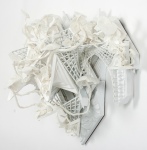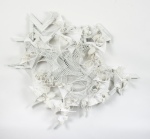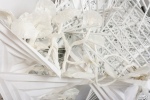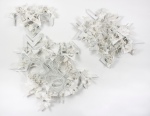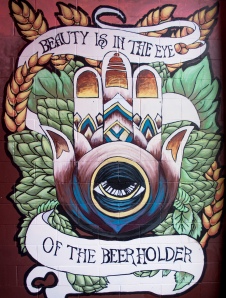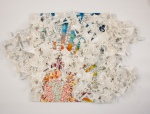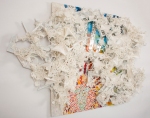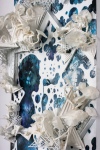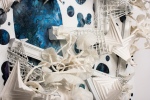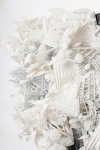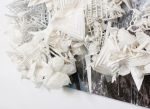Myoe was a monk whom ate some mushrooms picked by a novice monk. The novice monk did not realize that the mushrooms he’d picked were psychotropic poisonous. Myoe was then assaulted by a mirage of illusion. Myoe, in search of the root to the illusion he experienced, found only deeper illusion in that the mushrooms were in themselves unreal and without finite existence.
Relatedly, Zhuangzhi awoke from a dream where there was no Zhuangzhi, but that he was rather a butterfly. Upon awakening he couldn’t be sure whether he was a man whom dreamed he was a butterfly or now a butterfly dreaming himself to be a man. Through the chrysalis of dream he could not be sure whether he was this or that or what was ”reality”.
Language is also not as simple as this or that. A word can mean many different things to many different people. The mushrooms Myoe ingested were similar to language, and Buddhism in the sense that these fabrications are intoxicating, provisionary and yet illusory. They point to the truth but are not truth itself. They act as a door, both a barrier and the opening to truth.
In this meditation, Myoe dreams himself to be Zhuangzhi, having a dream within a dream. When Zhuangzhi awakens and cannot be sure whether he was a butterfly or man, he was actually neither, but a dream within a dream, simply Sunyata.
Posted in Uncategorized
Tags: art, buddha, buddhism, butterfly, dream, meditation, monk, mushroom, origami, sculpture















